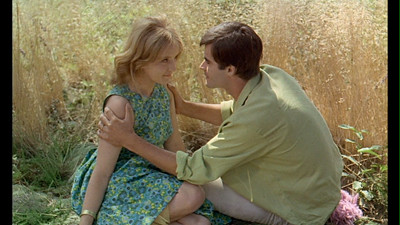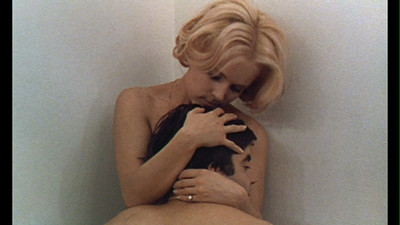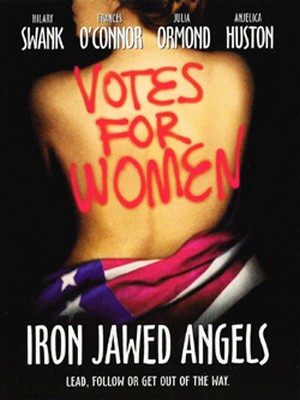
Born in Flames takes place in a slightly different version of New York City than we know today. The movie takes place in a New York City supposedly under a new socialist government, where all the problems that a diverse population usually faces have supposedly been eradicated. The government says that racism is gone, sexism is gone, and inequality is gone… or (when government officials are pressed on the subject) at least much better than they were before the socialist revolution.
However, as one would expect, the truth is a different matter. And as women, (more so in the cases of women of color and alternative sexuality) are harassed in the street, lose their jobs, and are denied promotions that they justly deserve, two women found a revolutionary woman’s organization called the Woman’s Army. These women are Adelaide Norris and her older mentor, Flo Kennedy.
Born in Flames is a movie about the Woman’s Army told through the voices of women who were observers at first, and later, participants in the organization. It is interesting to note that the more the movie progresses, the less the viewer sees of Norris and Kennedy. Born in Flames concentrates more on the discussions and landslide of repercussions induced by these two women, as opposed to the two women themselves. Throughout the movie, the most prominent camera shots involve two pirate radio stations, “Radio Ragazza” and “Phoenix Radio”, as their leaders speak out about the Women’s Army. Also featured in semi important roles are four women magazine editors/journalists, as well as two FBI agents who monitor and later take action against the Women’s Army.
The climax of the movie occurs when Norris returns from Africa where she was attempting to procure arms for the Women’s Army. She is arrested at the airport by the FBI, and imprisoned. In a highly suspicious set of circumstances, Norris is discovered the following morning to have committed suicide. The public is enraged. Besides high jacking a number of local and national television broadcast stations, the Women’s Army places a bomb on the top of the World Trade Center. The movie closes first by showing a reel of Kennedy proclaiming that the Army will not rest until equality is established, and finally with the bomb detonating.
In my opinion, Born in Flames is a classic feminist film, not just because it is about women fighting for equality, but because it does an amazing job simply filming those women. The women the viewer sees on screen are from many different races, economic classes, and various political beliefs, yet none of them are filmed in a more favorable light than the others. The camera is almost perfectly neutral in its gaze, with no special close ups or fragmented shots to alert the audience to certain physical features of a character.
Instead of this neutrality making the movie emotionally or visually dull, it gives the film a striking sense of authenticity. I believe that this authenticity is what leads some to call Born in Flames a mocumentary, for this fictitious film somehow makes itself feels like documented reality. Thus, though the ending of the film is ambiguous and inconclusive, the film’s characters are real, and in the end the viewer can leave the theater believing in their tenacity and hope.
For more information:
New York Times Review
http://movies.nytimes.com/movie/6744/Born-in-Flames/overview
New York Times Biography of Lizzie Borden
http://movies.nytimes.com/person/82463/Lizzie-Borden/biography
An all around Lizzie Borden reference site, complete with details about various articles written by Borden, and the titles of various books/articles about Borden. http://www.filmreference.com/Directors-Be-Bu/Borden-Lizzie.html






